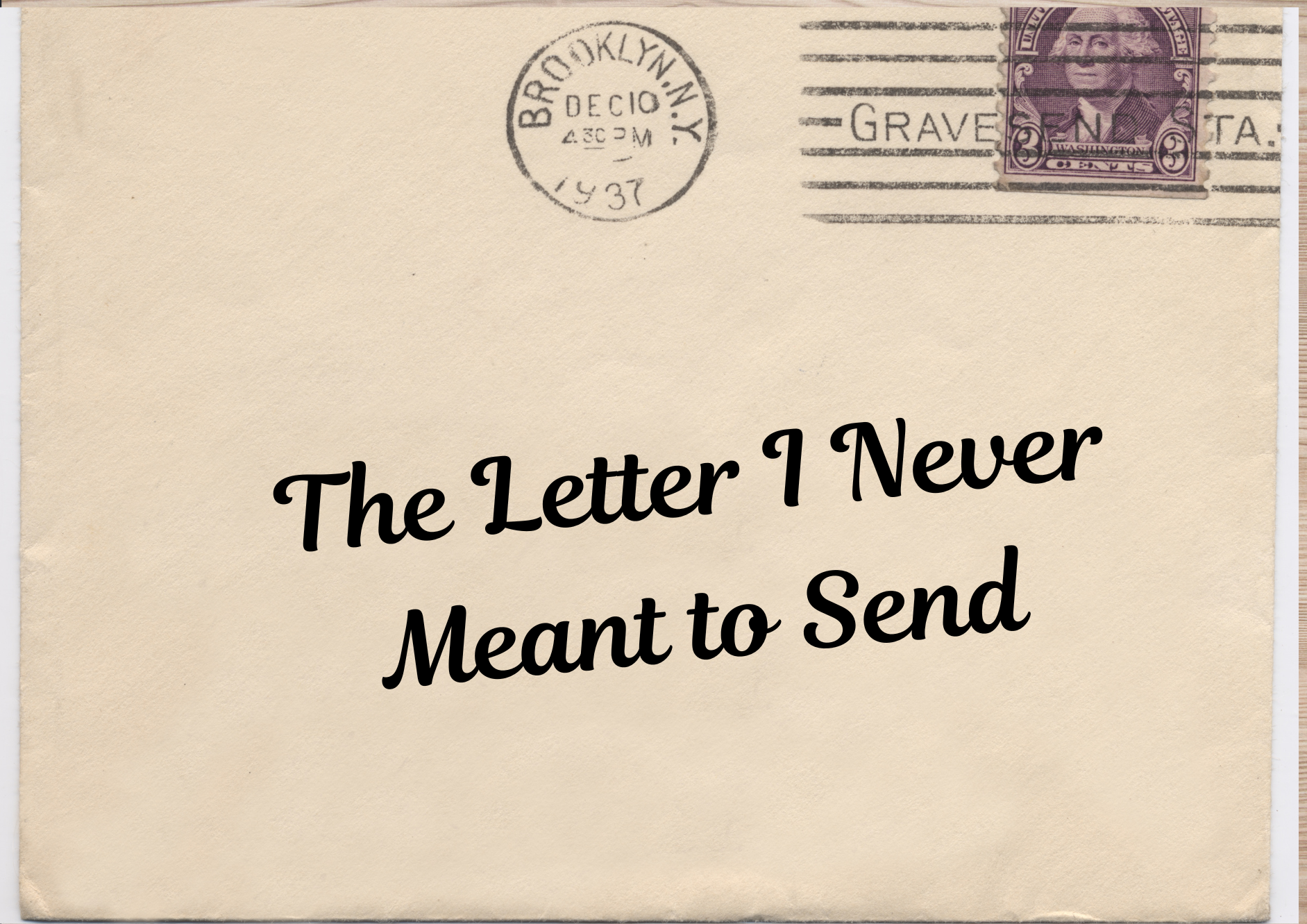A Wedding. Some Wine. And a Promise.
Sometimes the Altar Looks Like Celebration
A couple of weeks ago I attended a Jewish wedding. The music was lively, the laughter contagious. But what caught my attention first wasn’t the dancing or the glass. It was the chuppah—the canopy under which the couple stands. Four simple poles, cloth stretched above, open on all sides.
The chuppah isn’t just there for decoration. It is one of the most important symbols of the ceremony. It recalls the story of the Exodus, when a cloud led God’s people by day and fire by night. The Hebrew word shekinah
describes that presence—not just glory, but the very dwelling of God among the people. Standing under the canopy, the couple is reminded that they are not alone in this covenant.
Their love is sheltered, covered, surrounded.
But the canopy carries more meaning still. Some rabbis say its four open sides recall Abraham’s tent; a home always open to strangers. In that sense, the chuppah is about hospitality—marriage as a space of welcome, a household where others are received. Others say it represents the sky itself, stretched above the couple like creation’s ceiling. Either way, the chuppah whispers that love is not private property. It is held within something larger, and it is meant to spill outward in welcome.
And if the canopy over their heads spoke volumes, so did the calendar on which the day was marked. John tells us the wedding at Cana happened on “the third day.”
For first-century Jews, that wasn’t a throwaway detail. Weddings were often held on the third day of the week—Tuesday—because in the creation story, Tuesday is the only day God called good twice. A double blessing. Even today, some Jewish couples choose Tuesday for that reason.
But “the third day” carried even more resonance. Again and again in Hebrew scripture, the third day was the day God showed up. Abraham saw Mount Moriah on the third day. God descended on Sinai on the third day. Esther put on her royal robes and went before the king on the third day. To say something happened on “the third day” was to say: expect God to arrive, expect deliverance, expect blessing.
So John knew what he was doing when he set the Cana story on that day. It wasn’t just about the calendar. It was a signal: this is the kind of moment when heaven leans close.
And when heaven leans close, the ordinary becomes charged with meaning. Even the wine.
Wine is central at Jewish weddings, not just as refreshment but as covenant. The ceremony begins with blessings over the kiddush cup, sanctifying the marriage. Wine marks both betrothal (kiddushin) and marriage (nissuin). It’s more than a drink—it is joy, covenant, and abundance poured into a single cup.
That’s why running out of wine at Cana wasn’t just awkward. Without wine, the celebration itself felt incomplete. So when the jars were filled and the steward tasted new wine, it wasn’t just about quenching thirst—it was about joy restored, covenant renewed, abundance overflowing.
What I love most is that wine in Jewish tradition always carries both sweetness and seriousness. It’s laughter and gravity in a single sip. The sweetness of joy, the weight of commitment. Every toast raised holds both—celebration and promise mingled together. (And really, it’s one of the few times in life when no one complains about being poured a second glass.)
All these details—the canopy overhead, the blessing of the third day, the wine in their hands—remind me that weddings were never just social events. They were sacred rehearsals of older stories, echoes of covenant, reminders that life itself is stitched together with meaning.
Which brings me back to the wedding in Cana. John could have begun with something more dramatic: a healing, a resurrection, a thunderous sign. Instead, he begins with a wedding. A family gathering. A table that was about to run dry. It turns out he knew that the extraordinary often hides inside the ordinary. That the presence of God shows up not just in miracles, but in music and laughter, in promises and canopies, in glasses lifted high.
Standing there that night, watching this couple under the chuppah, I realize the altar doesn’t have to be stone or wood. Sometimes it’s laughter under a canopy. Sometimes it’s a circle of dancers clapping to the beat. Sometimes it’s a blessing whispered in Hebrew, or a glass of wine raised in joy.
And sometimes, for those who remember the old stories, it’s a promise that echoes even deeper: “I go to prepare a place for you.” Like a bridegroom building an addition onto his father’s house, love prepares room for another. That’s the heart of covenant—making space for someone else, not just in your home but in your life.
A wedding. Some wine. And a promise.
An unlikely altar, reminding us that love’s promise is always to prepare a place.

Every December, the argument returns like a familiar carol sung a little too loud. Is Die Hard a Christmas movie? Some folks hold tight to their cocoa mugs and say, “ No way. ” Others smile the way you smile when the argument is already settled in your heart. I’ve come to believe the debate survives because it isn’t really about explosions or one-liners. It’s about where Christmas actually finds us. When I was preaching, Christmas was rarely quiet. Four or five services on Christmas Eve. Programs to assemble. Bulletins to proof. Candles to count. Microphones to fix. Holy night by way of logistics. I loved the people. I believed the message. But if I’m honest, there were years when I was just muscling through it all, trying to sound joyful while quietly counting the hours until December 26th. Not because I didn’t care. Because I was tired. Christmas had become something I delivered more than something I received. And then, late. After the sanctuaries were dark. After the last “ Merry Christmas ” was said. After the robe was hung back up. Die Hard would sometimes flicker onto the screen. No sermon. No sanctuary. Just a tired preacher on a couch watching a tired man crawl through air ducts, barefoot, scraped up, and refusing to quit. That’s when Christmas found me. First, the setting. Christmas Eve. Office party. Tinsel, teddy bears, and awkward small talk. The soundtrack includes sleigh bells and gunfire, which feels honest if we’re being real about the season. Love arrives on a plane. Redemption arrives barefoot. Second, the plot. A man flies across the country to fix a marriage. He brings a gun, sure, but mostly he brings humility. He learns to say the right name. He learns to ask for help. He learns that reconciliation costs something. If that’s not Advent, I’m not sure what is. Third, the theology of it all. Christmas, at its heart, insists that hope shows up where it shouldn’t. In a stable. In a cubicle farm. In a high-rise named Nakatomi. Grace breaks in during a holiday party and doesn’t bother to RSVP. This is why Die Hard feels like an altar to me. Not a cathedral altar with candles and quiet. An Unlikely Altar . The kind you stumble into while holding snacks. The kind that surprises you with meaning between explosions and one-liners. Because the movie isn’t really about violence. It’s about stubborn love. It’s about a man who keeps crawling through ducts because quitting would be easier, but it would be less faithful. It’s about choosing a relationship over pride. It’s about saying, “ I was wrong, ” and meaning it, even when the building is on fire. And yes, there is a Christmas miracle. Snow falls in Los Angeles. Paper snow, but still. A family is restored. A villain falls. A limo driver gets a tip. The season delivers what it always promises: not perfection, but presence. So, light the tree. Pour something festive. Put Die Hard on the screen and let it preach. Let it remind you that Christmas shows up loud and sideways, that love sometimes limps, and that grace can absolutely wear a tank top. An Unlikely Altar. A Holy night. Yippee-ki-yay, AMEN! 🎄💥

I don’t know your name, but I know this moment. You opened the conversation. You hesitated. And then life stepped in. You know, that happens more often than you might think. I’ve sat at kitchen tables where someone said, “ We meant to do this .” I’ve stood beside families who whispered, “ They kept saying they’d get to it. ” I’ve watched love carry grief—and then watched grief carry bills, decisions, and questions that felt impossibly unfair. This isn’t a letter written to rush you. It’s written because I’ve seen what happens when no one ever circles back. I once stood with a family the morning after a death. The house was quiet in that way only grief can make it. Coffee untouched. Phones buzzing with questions no one wanted to answer yet. Someone finally asked, “ Is there anything in place? ” But there wasn’t What followed wasn’t just sadness. It was scrambling. Credit cards. Awkward conversations. A weight added to a moment already heavy with love and loss. But there are those times when I have seen another scene. I’ve been with families where one small thing was already taken care of. Not everything. Just enough. And in those rooms, grief was still heavy—after all, love always makes it heavy—but it wasn’t tangled up with panic or uncertainty. That’s why this matters to me. Not because I sell final expense insurance. But because I’ve watched what happens when love prepares the way—and when it doesn’t get the chance. If you paused because the conversation felt heavy, I understand. If you paused because life got loud, I understand that, too. If you paused because you told yourself, “ I’ll come back to this ,” I’ve heard that sentence more times than I can count. This isn’t about fear. It’s about care. It’s about peace. It’s about love. Final expense planning isn’t about planning your death. It’s about caring for the people who will still be here when you’re gone. It’s about making sure grief doesn’t have to carry more than it already will. Love will always make grief heavy. A plan simply keeps other burdens from piling on. If you never come back to this conversation, I hope you still hear the heart behind it. And if someday you do return, I hope you know the door was always open. Because this work—this quiet, unseen preparation—is one of the last ways love shows up. And that is no small gift.

The service is over. The thank-you notes have been started. The flowers are starting to fade. Most of the company has travelled home. And the casseroles are stacked in mismatched containers, names written on blue tape. This is what the day after looks like. It’s the morning when the house is too quiet. When the adrenaline wears off. When everyone else has returned to their lives, and you are left standing in the middle of a room, wondering what happens next. Because grief is heavy enough. Not only is the day after quiet, but it is also the kind of silence that invites questions. And those questions can overwhelm you. Who do we call now? What needs to be paid? Is there insurance? Where is the paperwork? What did they want? These questions don’t come because people are being practical. They come because love is trying to keep going in the middle of loss. And because grief is heavy enough, those questions can feel overwhelming. I’ve spent years standing with families in these moments. As a pastor. As a celebrant. As someone who knows that the hardest parts often come after the service ends. I’ve seen families gathered around kitchen tables, coffee gone cold, paperwork spread out in quiet confusion. I’ve also seen something else. I’ve seen what happens when one small thing is already taken care of. Not everything. Just one thing. A simple plan. A clear answer. A quiet assurance that one question does not have to be asked today. Because grief is heavy enough without financial questions layered on top of it. When that piece is in place, something shifts in the room. Shoulders soften. Breathing slows. People are allowed to be exactly what they are in that moment— sad, tired, grieving, human. Final expense planning doesn’t take away grief. Nothing does. But it can take away one weight that doesn’t belong there. Because grief is heavy enough on its own. Planning ahead is not about paperwork or policies. It’s about peace. It’s about leaving behind one less burden for the people you love. It’s about making sure the day after holds space for tears instead of tension. If you’ve ever thought, I should probably take care of this someday, you’re not being morbid. You’re being loving. Because grief is heavy enough. Love will always make it heavy. Planning ahead just keeps other burdens from piling on — so families can grieve without also having to guess. And that is no small gift. If you’d like to talk about what planning ahead could look like for your family—without pressure and at your pace—I’m always here for that conversation. Breathe peace. Marty

